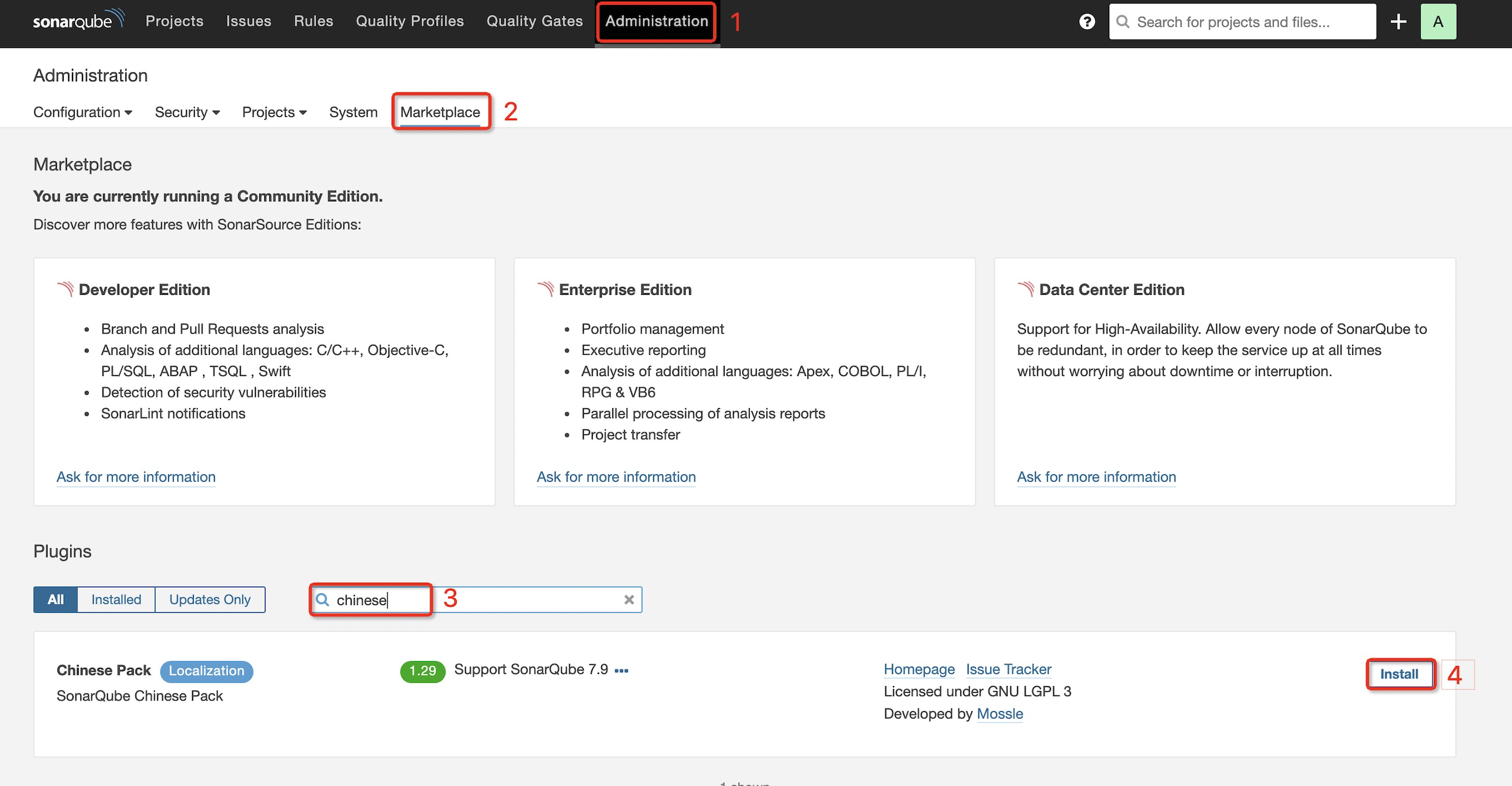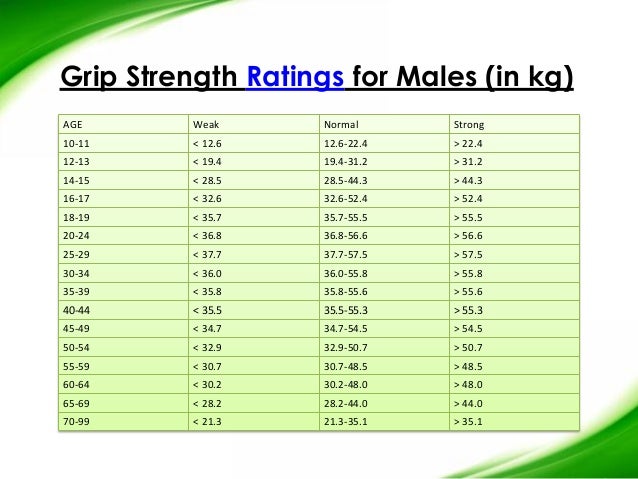

Supported platforms: DBeaver works on all platforms supported by Eclipse framework, previously Windows, Linux, MacOS, Solaris, AIX, HP-UX. DBeaverĭBeaver provides a powerful database client, but a bit overwhelming. To report bugs or request new features, create issues on our GitHub repository, or ask questions on Stack Overflow with tag azure-java-tools.In this post, we are going to compare three database GUI clients: DBeaver, DataGrip, TablePlus and capture some pros and cons of each tool. In the Azure Explorer, right-click your Redis cache and click Delete.Ĭlick Yes when prompted to delete your Redis cache.įor more information about Azure Redis caches, configuration settings and pricing, see the following links: The Azure Explorer displays the properties for your Redis cache.ĭelete your Redis Cache by using IntelliJ

In the Azure Explorer, right-click your Redis cache and click Show properties.

Display the properties for your Redis Cache in IntelliJ
#Data grip redis how to
When you've specified all your Redis cache settings, click OK.Īfter your Redis cache has been created, it will be displayed in the Azure Explorer.įor more information about configuring your Azure Redis cache settings, see How to configure Azure Redis Cache. For more information, see Azure Cache for Redis management FAQs. By default, the non-TLS port is disabled. Non-TLS port: Specifies whether your Redis cache allows non-TLS connections. (For more information, see Redis Cache Pricing.) This setting determines the number of client connections. Pricing Tier: Specifies which pricing tier your Redis cache uses. Location: Specifies the location where your Redis cache is created (for example, West US). Use existing: Specifies that you'll select from a dropdown list of resource groups that are associated with your Azure account.ĭNS Name: Specifies the DNS subdomain for the new Redis cache, which is prepended to "." (for example: .net). Select one of the following options:Ĭreate new: Specifies that you want to create a new resource group by clicking + to finish. Resource Group: Specifies the resource group for your redis cache. Subscription: Specifies the Azure subscription you want to use for the new Redis cache. When the Create Azure Cache for Redis dialog box appears, specify the following options: In the Azure Explorer tool window, expand the Azure node, right-click Redis Caches, and then click Create. Sign in to your Azure account by using the steps in. The following steps walk you through the steps to create a Redis cache using the Azure Explorer. If the Azure Explorer tool window is not visible in IntelliJ, click View, then click Tool Windows, and then click Azure Explorer. For more information, see Sign-in instructions for the Azure Toolkit for IntelliJ.ĭisplaying the Azure Explorer Tool Window You'll also need to sign in to your Azure account for the Azure Toolkit for IntelliJ.

#Data grip redis install
For more information, see Install the Azure Toolkit for IntelliJ.


 0 kommentar(er)
0 kommentar(er)
